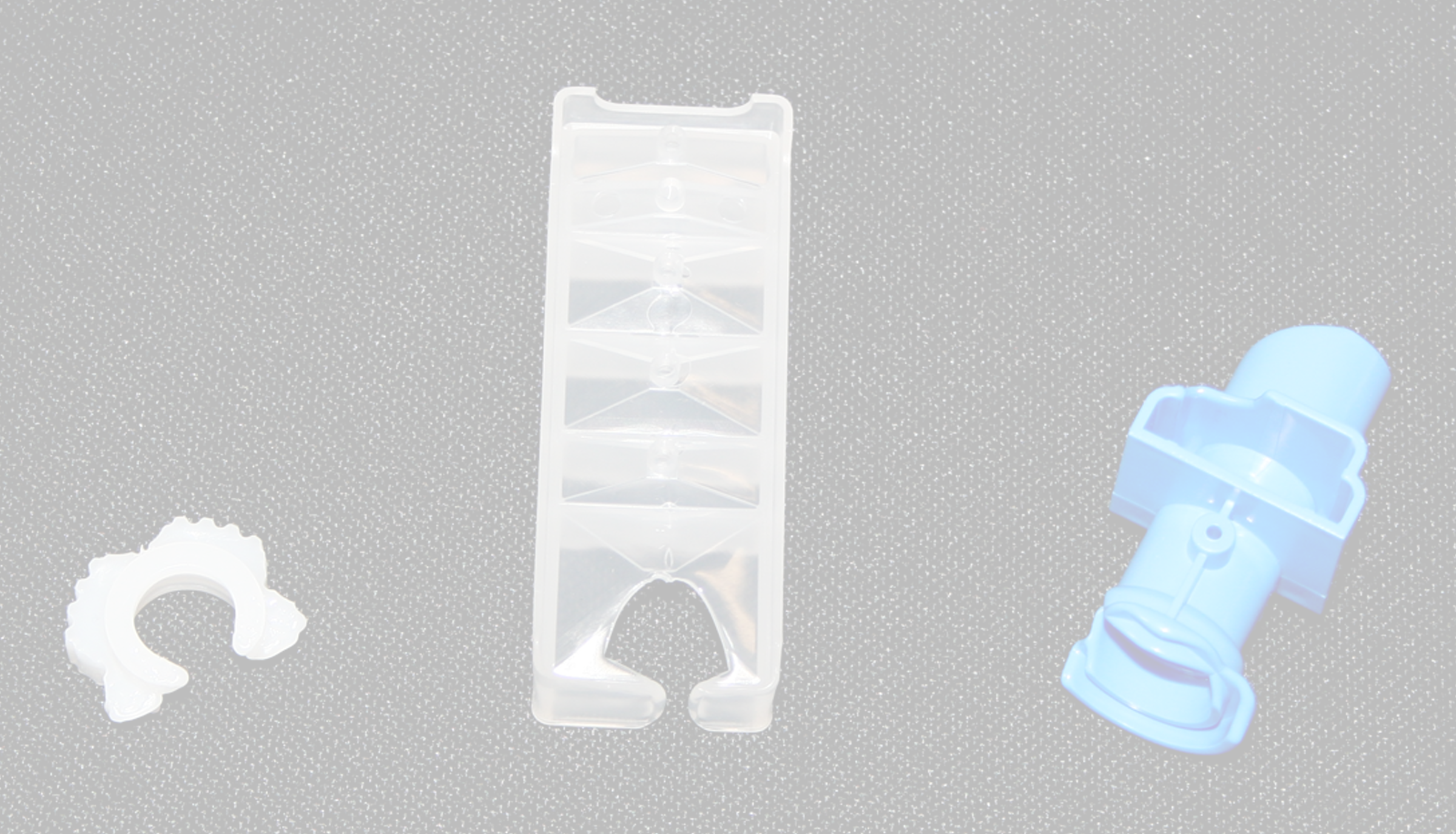Original equipment manufacturers (OEMs) can encounter many problems when producing components, including short shots. A short shot occurs when a plastic injection molded component is incomplete because the molten plastic has not filled the entire mold cavity. In other words, there is a portion of the part where there is no plastic. For example, a short shot could cause a missing prong on a plastic fork.
By working with a plastic injection molding contact manufacturer (CM) that provides DFM, OEMs can avoid problems such as short shots by taking steps to prevent them in the design phase. They can then begin manufacturing their component knowing that they have the right design specifications, manufacturing processes, and tools and equipment selections in place.
Causes and Remedies for Short Shots
There are several reasons short shots can occur. The remedy depends on what the cause of the short shot is, in each particular case. Some of the most common causes and remedies for short shots are:
1. Material Is Too Viscous
Viscosity in plastic is the resistance to flow that the plastic faces when it is melted. When a material is low in viscosity, it will flow quickly, filling all of the mold cavities before cooling begins. When a material is high in viscosity, it may flow too slowly to fill a detailed mold.
How viscous a raw resin material is will be indicated by its viscosity rating. Styrene is the material at the middle of the viscosity scale, with a 0 rating. Materials such as nylon, which has a low viscosity, are given a negative number on the scale, whereas materials with a viscosity higher than that of styrene are given a positive number, increasing with their viscosity.
If your plastic injection molding manufacturer determines that a raw material that is too viscous for your project and will be unable to flow into all sections of the mold cavity, they will provide possible solutions to solve the problem.
2. Improper or Inadequate Venting
A properly designed and built mold must be nearly air-tight in order to prevent injection molding flash from occurring. However, if there isn’t enough venting, or if venting is done improperly, the mold will not fill, creating short shots as well as other problems. Short shots can occur in this case because the air in the mold cavity has nowhere to go while the plastic is entering. The pressurized air restricts the flow of the plastic resin.
Vents in the mold allow the mold to fill. The vents must be deep enough to allow the trapped air and gasses to escape but not deep enough to allow the plastic to flash. Standard, ejector, peripheral, or runner venting can be used to provide venting.
To solve the problem of short shots caused by improper or inadequate venting, the plastic injection molding manufacturer may add more venting near the area of the mold that is having short shot issues.
3. Low Temperature
When material is unable to flow into the cavity, that may be because the mold temperature is not high enough. The material at the current temperature is not able to flow at a speed that is sufficient to reach all parts of the cavity. In this case, the plastic injection molding manufacturer will raise the mold temperature to allow the plastic to flow into the hard-to-reach areas of the mold.
4. Frozen Flow Channels
Material flow may be restricted due to frozen flow channels in a hot runner system requiring the need to clear the channels to permit the desired flow that fills the entire mold cavity. Cold runner flow restrictions can occur in molds/simulations caused by inadequate runner size. If this occurs, short shots can be corrected by opening up small runners to a larger size.
5. Fill Rate
Short shots may be related to the fill rate during injection. If this occurs, the manufacturer will need to increase the injection pressure and/or speed.
Using DFM To Avoid Short Shots
As with other problems that can occur in manufacturing, short shots can often be anticipated and avoided by engaging in design for manufacturability with a qualified contract manufacturer. During this process, numerous aspects of the project can be tested via simulation, and adjustments can be made before manufacturing has begun to avoid problems.


